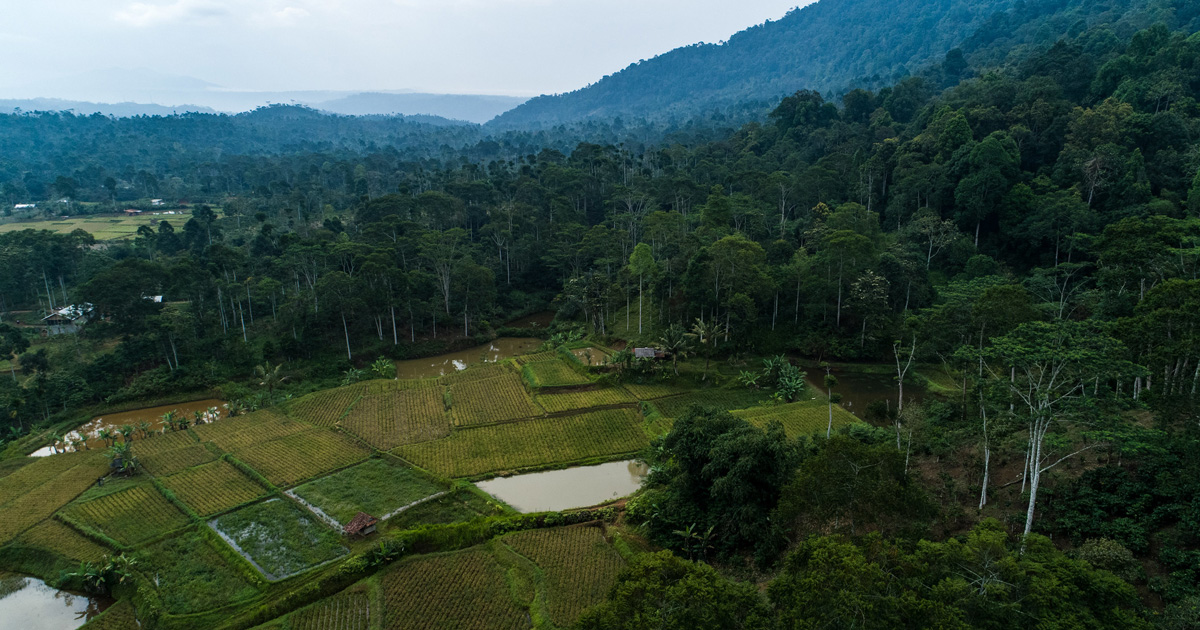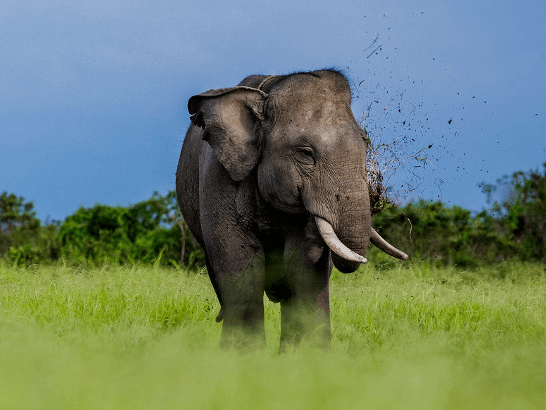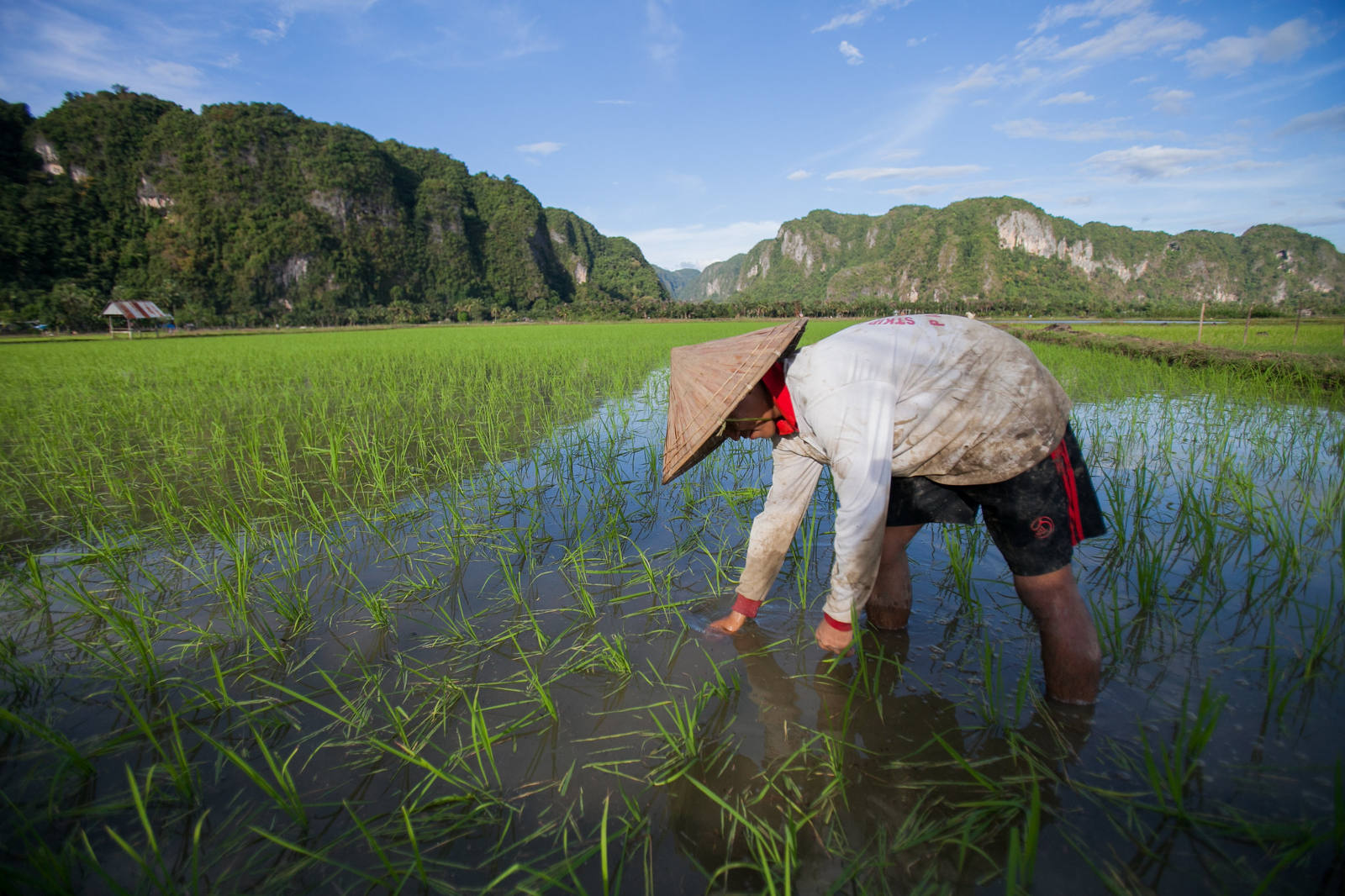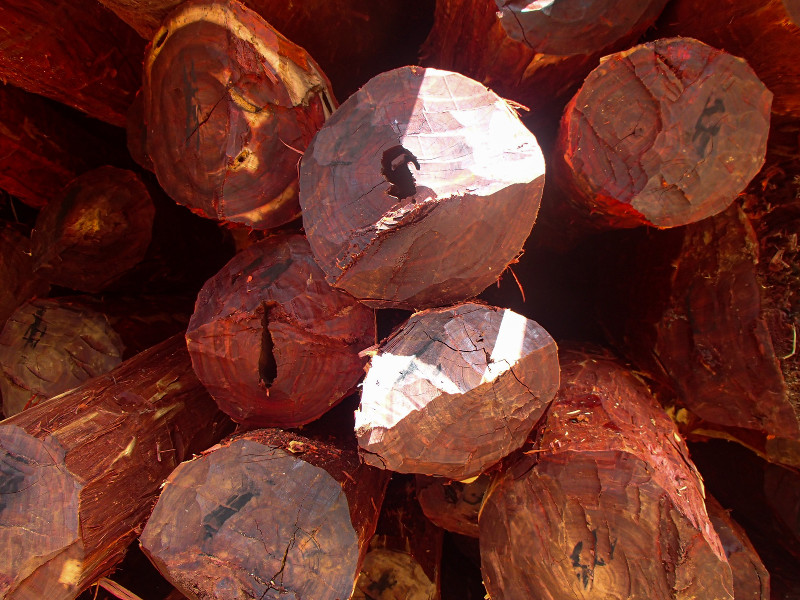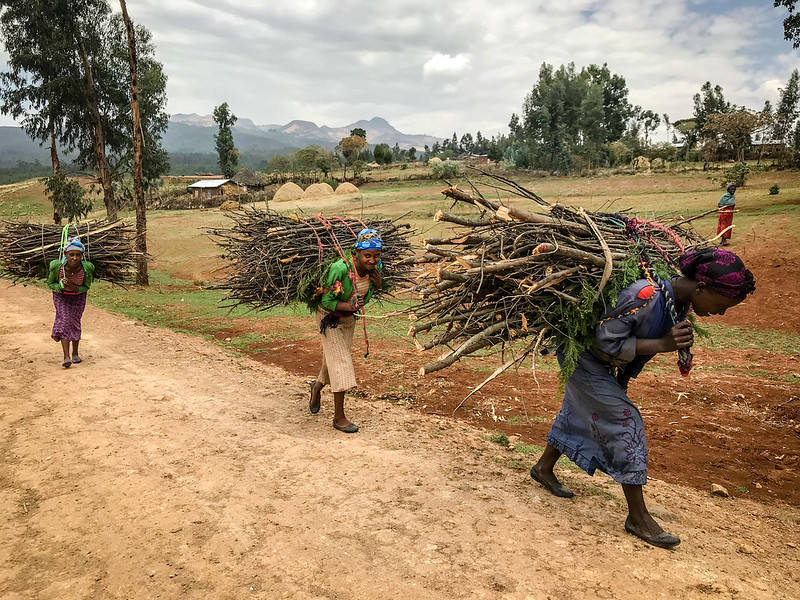The region of West and Central Africa is endowed with high-value fruit trees and medicinal plants, which are currently traded locally as well as on regional and international markets. Unfortunately, they are all exploited from the wild and there has been little or no focussed effort to domesticate and cultivate them. Prunus africana is one of these important medicinal plant under domestication. A series of nursery experiments were conducted to assess the effects of rooting medium (sawdust, sand and a 50:50 mixture of sand and sawdust), auxin concentration (0, 50, 100, 150, and 200 µg IBA), and leaf area (0, 5, 10, 20, and 25 cm2) on rooting success of juvenile cuttings of P. africana. The percentage of cuttings rooted was significantly greater (P < 0.05) in sawdust (80%), than in sand alone (72%) or in mixture with sawdust (71%). Leaf area also significantly affected the percentage of rooting. Leafless cuttings did not root and were all dead by week 6, but in leafy cuttings rooting ability increased proportionally with leaf area up to 20 cm2 (79%). Larger leaf cuttings (25 cm2) rooted at the same level as those of 20 cm2. The cuttings with the largest leaves also had the greatest mean number of roots per cutting (14 roots cutting1), while those with the smallest (5 cm2) leaf area produced the fewest roots (5 roots cutting1). The application of auxin (IBA) promoted rooting (P < 0.05) up to an optimum application of 100–200 µg IBA per cutting, but 300 µg was supraoptimal. It can be concluded that P. africana is amenable to vegetative propagation.
DOI:
https://doi.org/10.1023/A:1016049004139
Altmetric score:
Dimensions Citation Count:








